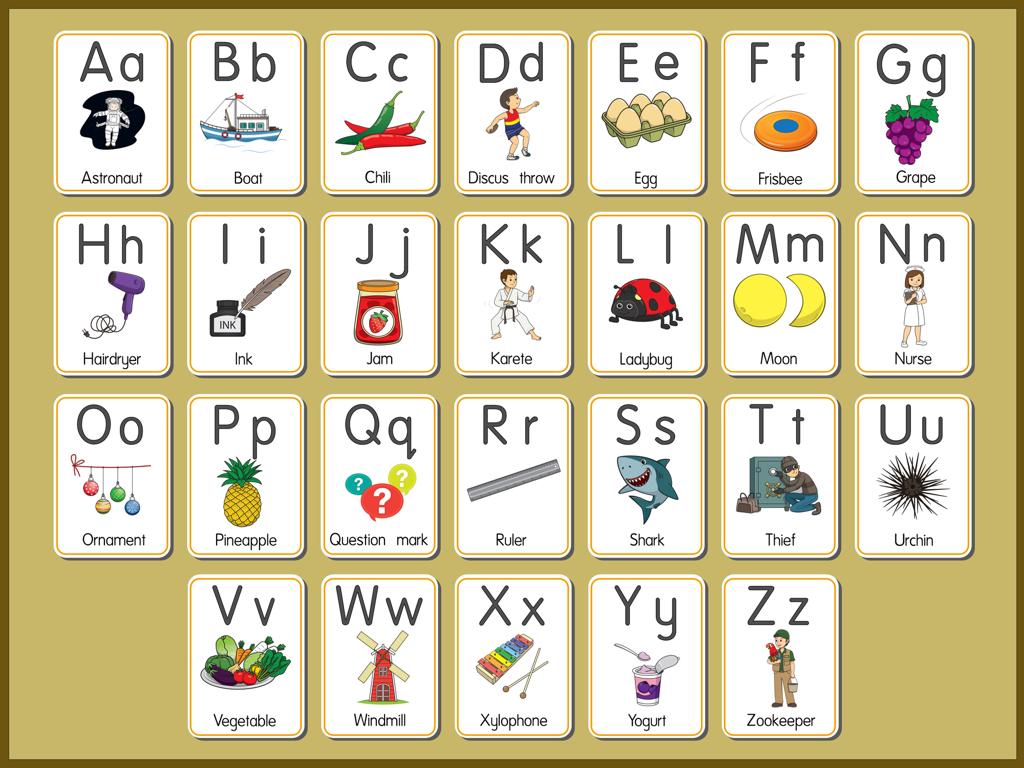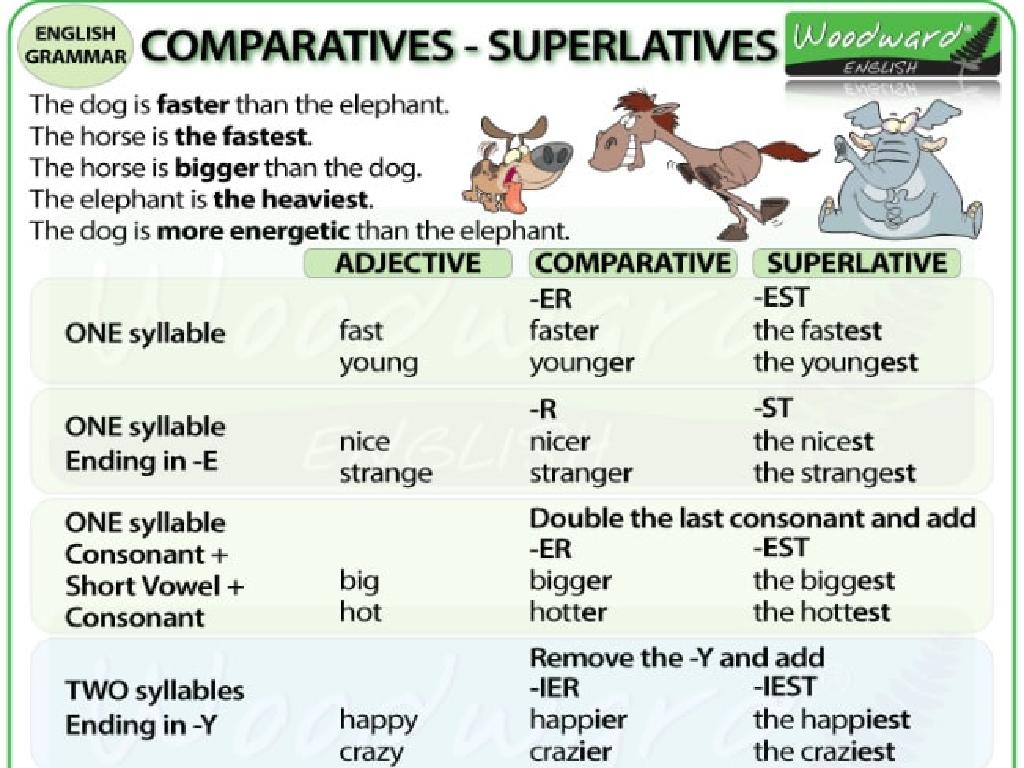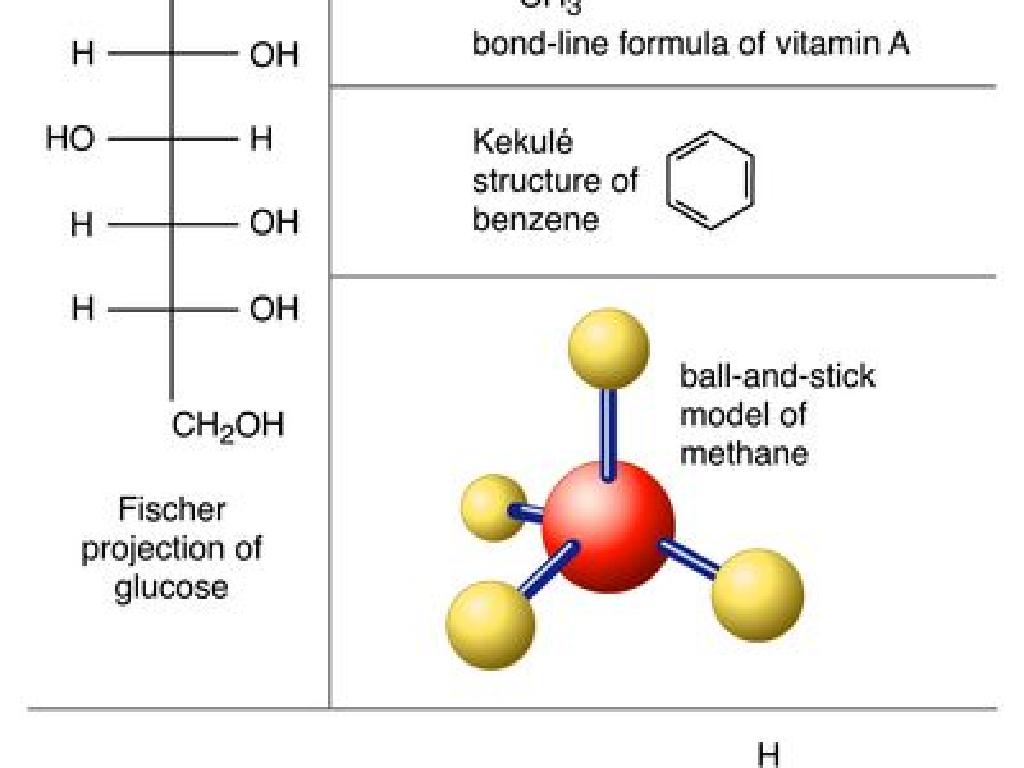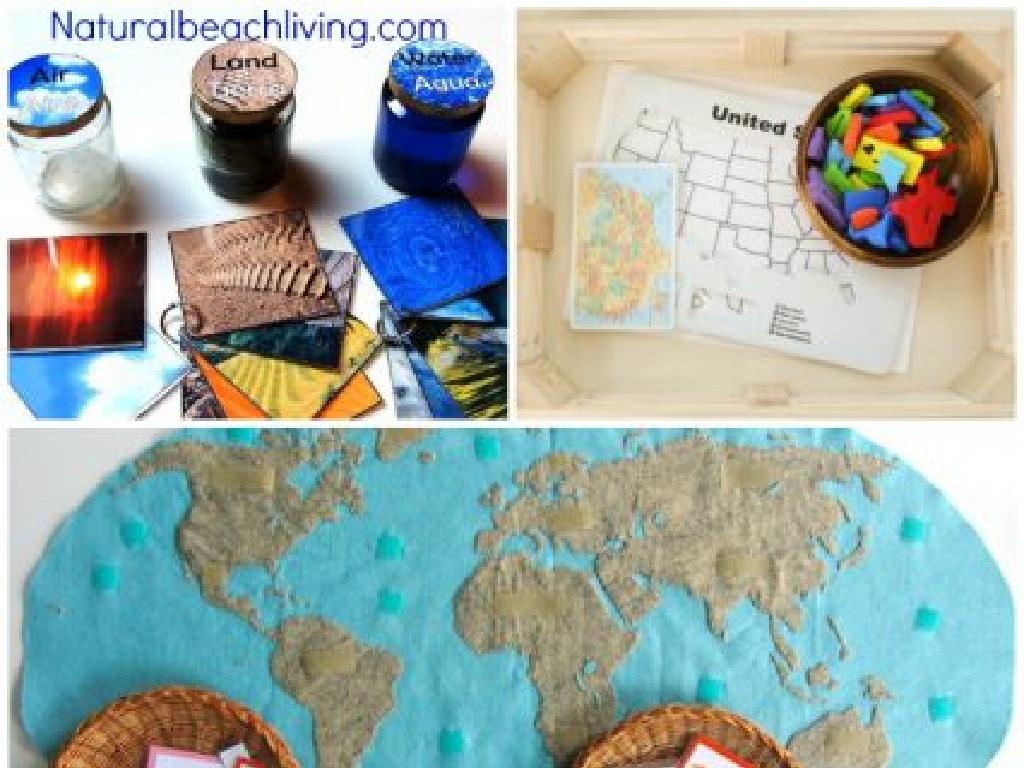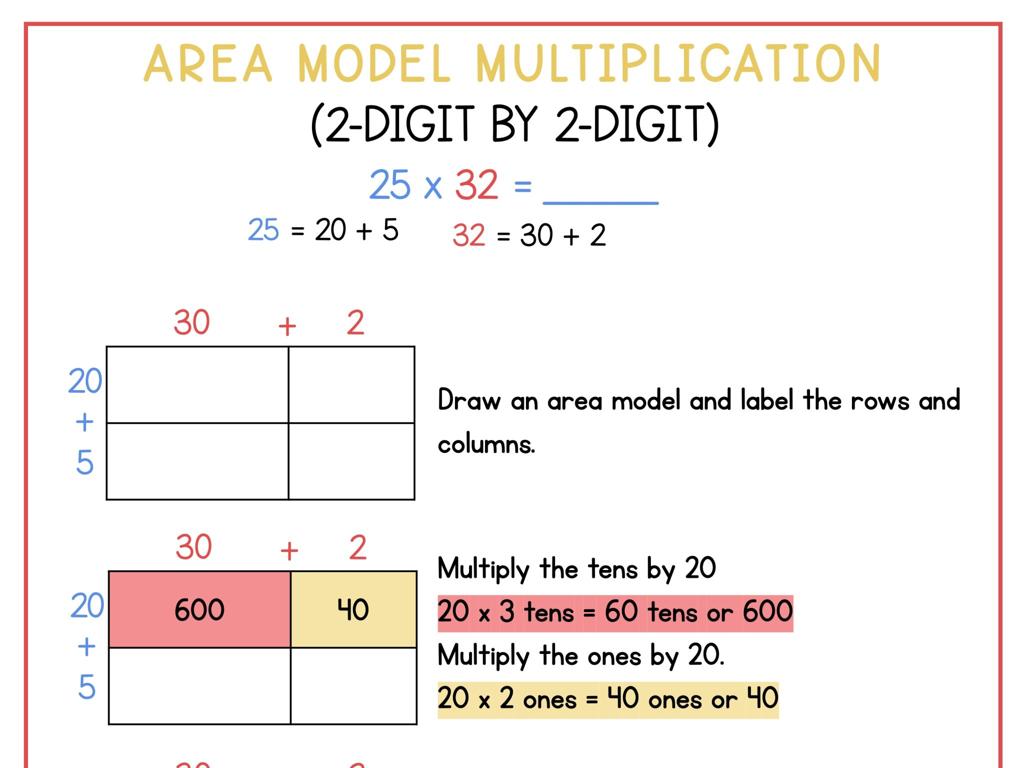Convert Customary And Metric Units Using Proportions
Subject: Math
Grade: Sixth grade
Topic: Units Of Measurement
Please LOG IN to download the presentation. Access is available to registered users only.
View More Content
Understanding Units of Measurement
– Explore measurement units
– Necessity of unit conversion
– To compare, calculate, or communicate measurements effectively.
– Customary vs. Metric systems
– Customary (inches, feet) and Metric (centimeters, meters) are different.
– Converting with proportions
– Use ratios to convert one unit to another, like inches to centimeters.
|
This slide introduces students to the concept of units of measurement, which are standards for measuring physical quantities. Understanding different units is crucial for everyday tasks and scientific work. Converting units is necessary for consistency and accuracy in measurements, especially when comparing or combining different systems like the Customary and Metric systems. Teach students how to set up and solve proportions to convert between units, ensuring they grasp the concept of equivalent values across different measurement systems. Provide examples such as converting inches to centimeters or gallons to liters to illustrate the process.
Understanding Customary Units of Measurement
– Explore length, weight, volume units
– Units like inches, feet, yards, and miles measure length
– Learn inches to miles, ounces to gallons
– Ounces, pounds for weight; cups, pints, quarts, gallons for volume
– Daily life applications of each unit
– Use inches for small objects, miles for distances
– Practice converting using proportions
– Use proportions to convert: If 1 inch = 2.54 cm, how many cm in a yard?
|
This slide introduces students to the customary units of measurement used in the United States, covering categories of length, weight, and volume. Provide examples of each unit and their common applications in everyday life to make the information relatable. Emphasize the importance of understanding these units for tasks like cooking, measuring distances, and weighing objects. Encourage students to practice converting between units using proportions, reinforcing their understanding of the relationship between different units. For example, if they know how many inches are in a foot, they can figure out how many feet are in a mile. Include class activities where students can apply these conversions in real-life scenarios.
Metric Units of Measurement
– Grasp the metric system basics
– A decimal system of units used globally
– Learn meter, liter, and gram
– Units for measuring length, volume, and mass
– Decode prefixes: kilo-, centi-, milli-
– Kilo- means 1000 units, centi- means 1/100 of a unit, milli- means 1/1000 of a unit
– Practice with real-world examples
– Convert units using proportions in recipes or measuring distances
|
This slide introduces students to the metric system, which is an international standard for measuring various attributes. Students will learn about the three basic units of the metric system: the meter for length, the liter for volume, and the gram for mass. Emphasize the importance of understanding the prefixes kilo-, centi-, and milli-, which are used to represent multiples and submultiples of these units. Provide examples such as a kilometer being 1000 meters, a centimeter being 1/100 of a meter, and a milligram being 1/1000 of a gram. Encourage students to think of practical situations where they might need to convert between these units, such as cooking or measuring the distance between two places. The goal is for students to become comfortable with the metric system and to use proportions to convert between different units of measurement.
The Role of Proportions in Unit Conversion
– Understanding proportions
– A proportion is an equation stating two ratios are equal.
– Converting units with proportions
– Use proportions to find equivalent measurements between systems.
– Ensuring accuracy with proportions
– Accurate conversions are crucial in science and daily life.
– Proportions in everyday use
|
This slide introduces the concept of proportions and their application in converting between different units of measurement. A proportion is a mathematical way of expressing one ratio or fraction as being equal to another. By setting up a proportion, students can solve for unknown quantities, making it a powerful tool for converting units, especially between the customary and metric systems. Emphasize the importance of accuracy in conversions, which is essential in fields like cooking, science, and engineering. Provide examples where incorrect conversions could lead to significant errors. Encourage students to think of situations where they might need to use proportions in their daily lives.
Converting Customary Units Using Proportions
– Steps to convert customary units
– Use ratios and proportions to find equivalent measurements
– Example: Inches to feet conversion
– 12 inches = 1 foot, so how many feet in 24 inches?
– Practice: 36 inches to yards
– Apply the conversion: 36 inches * (1 yard / 36 inches) = 1 yard
|
This slide is aimed at teaching students the process of converting between different customary units using proportions. Start by explaining the concept of ratios and proportions and how they apply to unit conversions. Use the example of converting inches to feet to illustrate the method. For the practice problem, guide students through converting 36 inches to yards, reinforcing the concept that 36 inches equals 1 yard. Encourage students to set up the proportion themselves and solve it to reinforce their understanding. Provide additional practice problems with different units for homework to solidify their skills.
Converting Metric Units Using Proportions
– Understanding metric prefixes
– Prefixes indicate multiples of 10. E.g., ‘milli’ means 1/1000th.
– Converting mm to m example
– To convert millimeters to meters, divide by 1,000.
– Practice: mm to km conversion
– How to change 2,500 mm to km using proportions?
– Steps for using proportions
– Set up a ratio and multiply to find the unknown.
|
This slide introduces students to the concept of converting metric units using proportions. Start by explaining metric prefixes and their meanings, such as ‘milli’ (1/1000th), ‘centi’ (1/100th), and ‘kilo’ (1000 times). Use an example to show how to convert millimeters to meters by dividing by the prefix value. For the practice problem, guide students through setting up a proportion to convert millimeters to kilometers, emphasizing the importance of understanding the relationship between different metric units. Encourage students to remember the power of 10 for each step up or down the metric ladder. This foundational understanding will help them solve conversion problems more confidently.
Cross-System Conversion: Miles to Kilometers
– Understand system conversion
– Miles to kilometers example
– 1 mile is approximately 1.60934 kilometers
– Practice: Convert 5 miles
– Apply the conversion factor to 5 miles
– Use proportions for conversion
– Set up a proportion to solve for the unknown
|
This slide introduces students to the concept of converting units between the customary and metric systems, using miles to kilometers as a specific example. Start by explaining that different countries use different systems of measurement and that being able to convert between these systems is a valuable skill. Show the conversion factor between miles and kilometers. For the practice problem, guide students to multiply 5 miles by the conversion factor of 1.60934 to find the equivalent distance in kilometers. Emphasize the use of proportions to solve conversion problems, setting up a ratio that compares the known conversion factor to the unknown value. This method can be applied to various units of measurement for cross-system conversions.
Class Activity: Conversion Relay
– Form teams for the relay
– Solve conversion problems
– Use proportions to convert units
– First team to finish wins
– Understand unit conversion
– Reinforces practical application of unit conversion
|
Divide the class into small groups, assigning each team a set of conversion problems that involve using proportions to convert between customary and metric units. This activity is designed to promote teamwork and enhance students’ problem-solving skills. Provide each team with a mix of conversion problems, ensuring a range of difficulties. The first team to correctly complete their set of problems will be declared the winner. As a teacher, circulate to offer guidance and ensure accuracy. Possible variations of the activity could include a mix of length, volume, and mass conversions, timed rounds, or a ‘relay’ where students take turns solving problems. This activity will help solidify the students’ understanding of unit conversions in a fun and competitive manner.
Unit Conversion Mastery & Homework
– Recap conversion principles
– Remember to set up proportions correctly for accurate conversions.
– Conversions in daily life
– Cooking, traveling, and science use unit conversions regularly.
– Homework: Conversion worksheet
– Practice with a worksheet to reinforce today’s lesson.
|
As we conclude today’s lesson on converting customary and metric units using proportions, it’s crucial to remind students of the key principles we’ve covered. Emphasize the importance of setting up proportions correctly to ensure accuracy in conversions. Highlight how these skills apply to real-world scenarios such as cooking, where recipes may require converting measurements, or in traveling, where distance units may differ. Assign the provided worksheet for homework to give students the opportunity to apply what they’ve learned. This practice will help solidify their understanding and prepare them for more complex problems in the future. Encourage students to attempt all problems and remind them that these skills are foundational for many aspects of life and further mathematical concepts.

